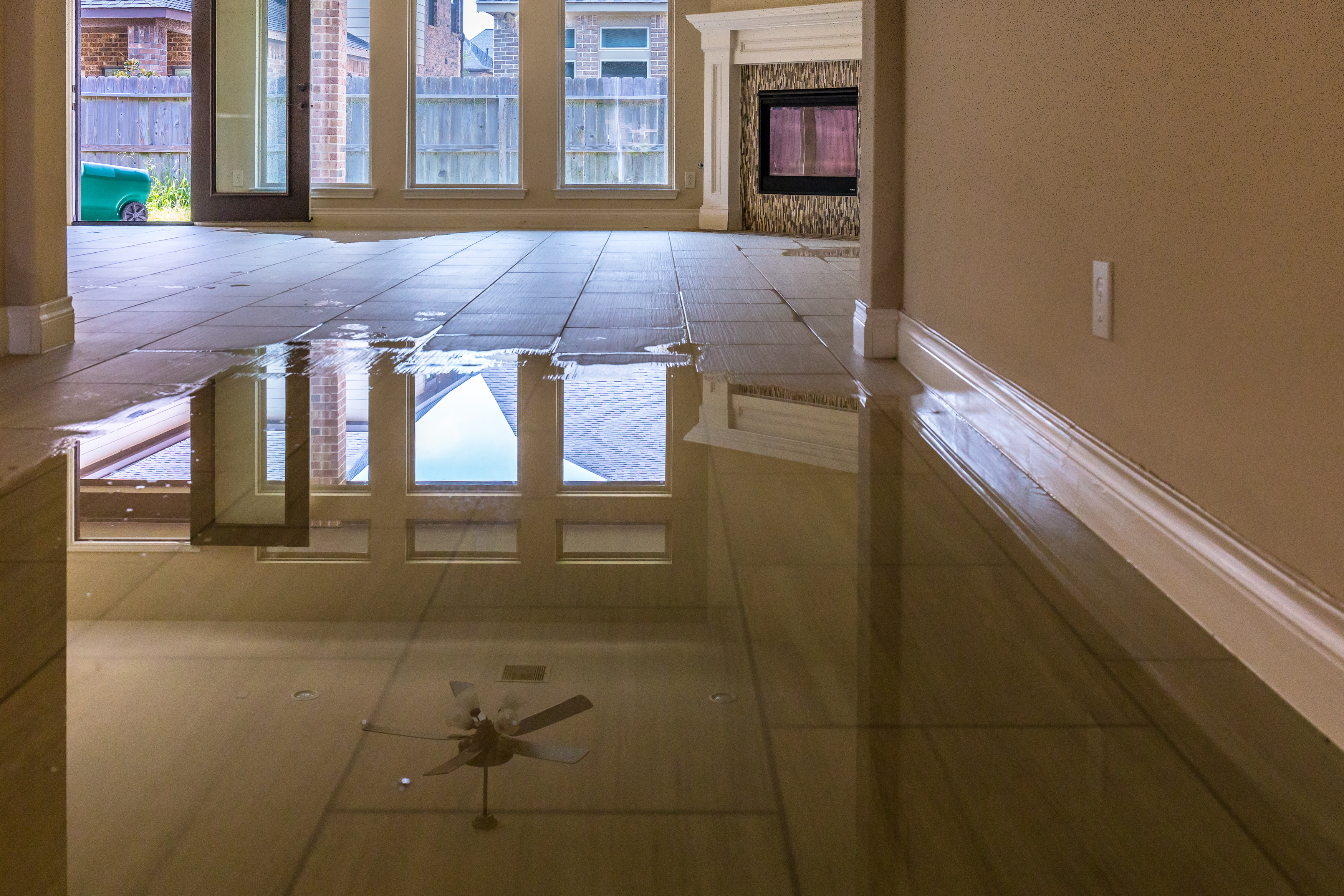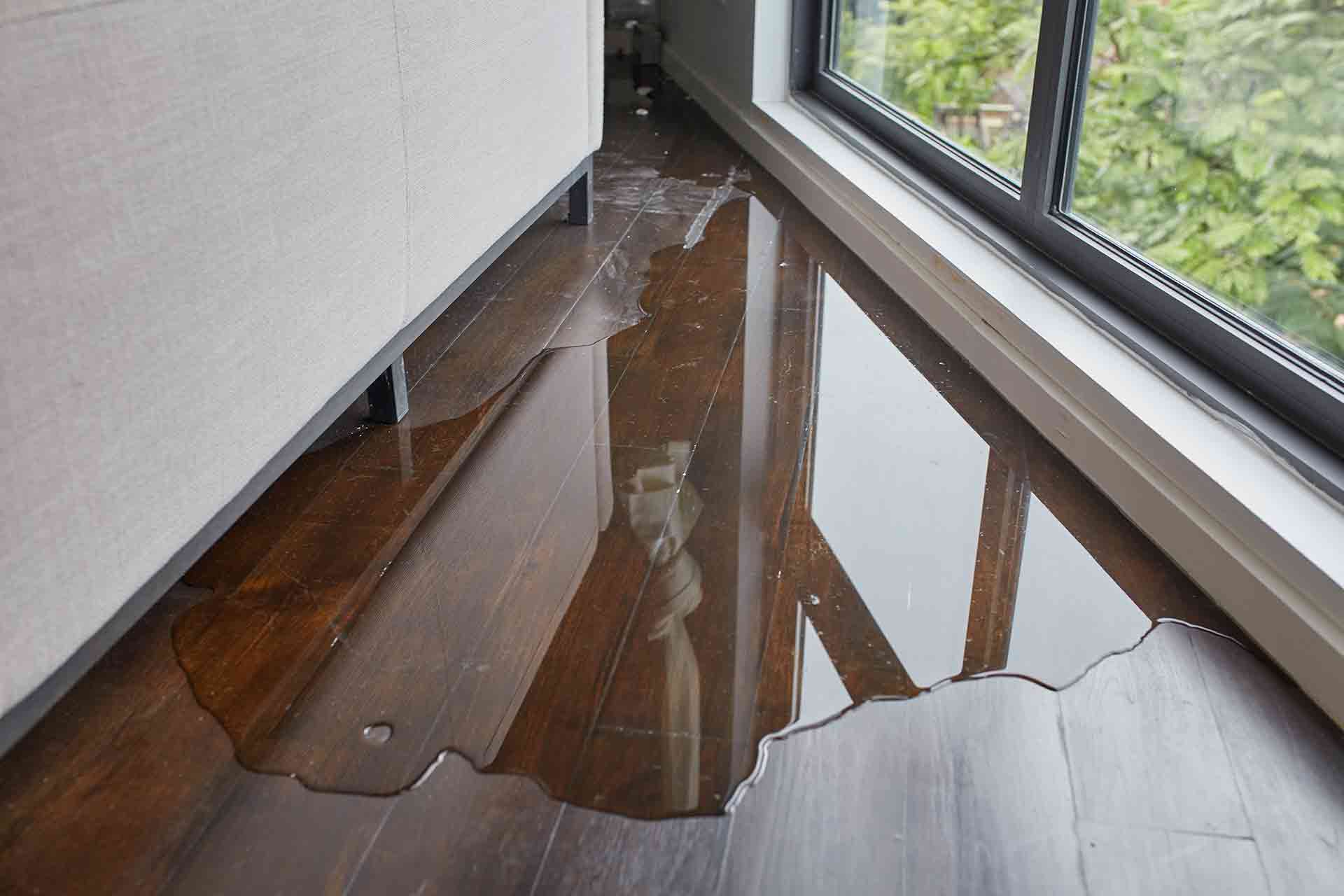Just How to Avoid Water Damage in Your Bathroom
Just How to Avoid Water Damage in Your Bathroom
Blog Article
Just about every person maintains their own individual idea about How to Prevent Bathroom Water Damage.

The restroom is exceptionally at risk for moist build-up and also potential water damage because of the constant use of water in it. This post supplies simple evaluation strategies to aid discovering water damages threats.
The frequent use of water in the shower room makes it exceptionally vulnerable for damp build-up and also potential water damage. By examining it on a regular basis, you can lower water related damages.
The complying with collection of assessments is very easy to perform and ought to be done when in every 3 months in order to maintain your washroom in good shape as well as to stop possible water problems caused by the bathtub, the shower, pipe joints and plumbing, sinks, cupboards, as well as the bathroom
Do not disregard doing these examinations and also be thorough while performing them. Keep in mind that these simple evaluations can save you a lot of money by offering early indications for water damage
Sinks and Cabinets
Sinks and cabinets are exposed to moisture and also moisture day-to-day and also are usually forgotten. Evaluate consistently under the sink and also on the kitchen counter over it. Repair any type of drip in the trap as it may recommend drainpipe troubles. Browse the sink, sluggish draining pipes may indicate an obstructed drainpipe. Change sink seals if they are broken or loose.
Bathtub and also Shower
The shower and also tub need special attention and also upkeep. Inspect the tiles and change if split. Make certain that there is no missing grout in between the floor tiles. Check as well as replace fractured caulking at joints where the wall surfaces satisfy the floor or the bath tub. Blocked drains and pipelines issues will protect against the tub from drying and also might indicate serious troubles below the bathtub. Seek advice from an expert immediately to stop structural damage. Take notice of discolorations or soft areas around the tub walls as they might suggest an internal leakage.
Plumbing
Signs for water damage are tough to discover considering that many pipelines are set up inside the walls.
Pay unique attention to floor covering and wall surfaces wetness and also spots as they might suggest an invisible plumbing issue. Check wetness levels in adjacent rooms too.
The Toilet
The commode is a vulnerable water joint. Check the water lines as well as search for leakages around the commode seat, in the pipe, and also under the water storage tank. If you identify any type of indicators of wetness on the flooring around the toilet, look for leakages in the toilet rim and also tank seals.
Know that hanging toilet bowl antiperspirants enhances the opportunities for clogs.
Water Damage Signs In The Bathroom To Avoid Cleanup
Musty smell
This is one of the easiest signs to catch because musty smells are so odorous. The damp, earthy, moldy smell should be a big red flag. The smell will develop when moisture gets trapped in surfaces, and begins to facilitate mold growth. Leaking pipes under cabinets, inside walls, and behind shower fixtures will cause moisture to stay trapped and not dry, which will lead to mold growth and spread. As soon as you notice any musty smells in your bathroom, have it checked for hidden water damage and cleanup signs.
Visible mold
If the smell isn’t there to give it away, sometimes you will actually see mold growth. Finding mold in your bathroom is a serious problem, because mold is very harmful to your health. By the time mold growth is visible, it also means that water damage has already occurred and been present for some time. The only way the mold problem can be resolved is to find the source of the moisture and get it stopped. To safely and adequately remove mold, you need to have professionals handle the remediation. Do not waste any time in getting mold problems addressed, fixed, and sanitized so that you can protect you and your family from the many respiratory symptoms caused by mold exposure.
Damaged floors
Bathroom floors should be able to withstand some exposure to water while still remaining in good condition. However, when excess exposure or water leaks occur, they will begin to damage even the most water-resistant flooring. If you notice any cracking, bubbling, staining, or warping on your bathroom floors, there is probably a water leak somewhere causing the distortion. If you notice areas of the floor have become softer, or even have a spongy feeling, there is probably damage to the subfloor. Subflooring is typically made up of plywood. When plywood is exposed to water or moisture, it will absorb it. Once it has become saturated, the weight of the excess water will cause the wood to swell and soften. Check the floors in your bathroom frequently to catch any of these sings before they lead to damaged subflooring.
Changes on walls
When water leaks behind walls, it will cause changes in the drywall. Peeling plaster, blistering paint, and soggy wallpaper are all good indicators that excess water is building up behind the wall. Water leaking behind drywall will cause it to swell and be soft to the tough. If you start to notice gaps along the trim of your walls, or where tile meets the wall, it could also be a strong indicator that there is a leak behind the wall. Any changes, distortion, or damage on the walls should be evaluated as soon as you notice it to prevent further water damage and cleanup.

I was made aware of that article on How to Fix a Water Damage Bathroom through a good friend on our other web blog. If you please take the time to distribute this entry if you enjoyed it. Kudos for your time. Come back soon.
Article Report this page